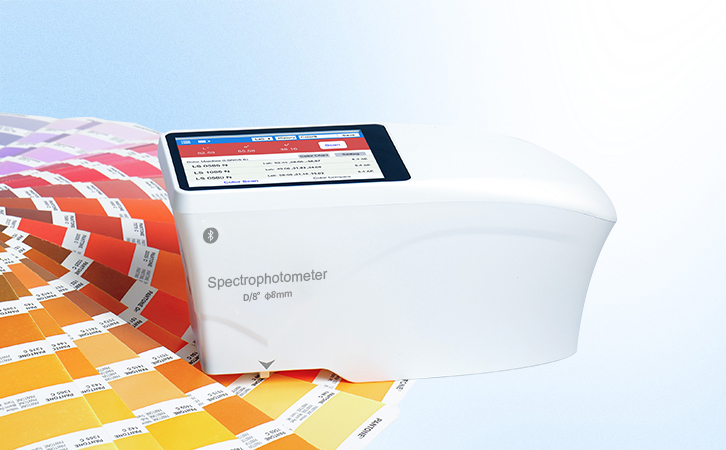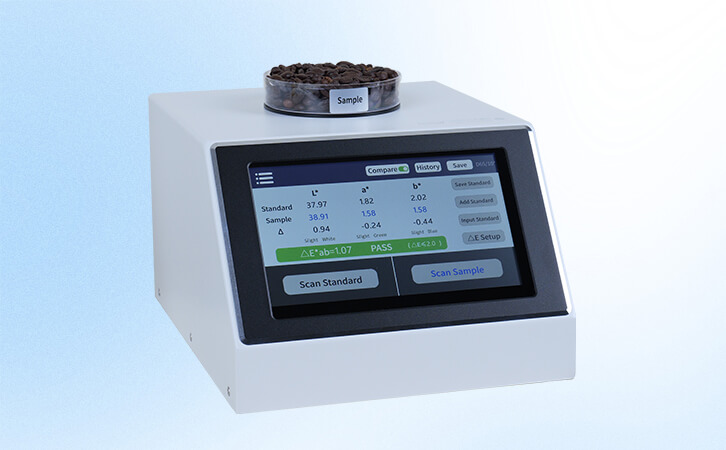The colorimeters are widely used for the color measurement and color comparison in hardware, printing, paper, leather, plastics, coatings, inks and other fields. Lshtec color meter can measure color in 7 color spaces such as CIE Lab, Luv, LCh, Yxy, CMYK, s-RGB, Hex and 6 color difference formulas which provide better color measurement accuracy. The color difference meter is very convenient to use with color quality control APP.
86170 45°/0 Colorimeter
Color quality control App.
Provide color measurement and color comparison.
Portable colorimeter with App.
No display.
86171 D/8° Colorimeter
Provide color measurement and color comparison.
OLED display with colorimeter App.
Establish personal color chart.
Portable colorimeter of simple operation.
86172 45/0 Colorimeter with Touch Screen
Touch screen control, no button setting required
Built-in multiple electronic color charts
Simple operation
Color difference comparison, QC testing
86173 D/8 Colorimeter with Touch Screen
3.5-inch IPS color capacitive touch screen
Color measurement and color comparison
QC mode, which is convenient and fast for batch detection
Good repeatability, standard deviation △E*ab≤0.03
86175 Colorimeter with a large measuring aperture
a large measuring aperture up to 20mm applicable to for color measurement on textured or rough surface materials;
3.5-inch IPS color display and capacity touch panel offer simple operation;
color comparison and color scan functions
the device can connect APP on mobile phone via Bluetooth or connect PC software via USB cable.
86176 Spectrophotometer
New horizontal test design to avoid instrument shaking, resulting in the deviation of test results
Full spectrum LED light source with balanced spectral distribution in the visible light range, contributing to high color rendering and accurate color measurement
Offer professional spectral reflectance curve, new yellowness, whiteness, and other color parameters can be measured
86177 Spectrophotometer
50mm large test aperture
Provide professional reflectance curves
Good repeatability, △E*ab≤0.03
WI-R457,WI-Hunter,YI-98 and other parameters measurement
86177C Coffee Colorimeter
Equipped with 7-inch color screen, easy to use
One-touch measurement of SCAA, HCCI and roast degree
50mm large test aperture
Lab value and color differrence comparison of coffee beans measurement
86178 Spectrophotometer
The 86178 small aperture spectrophotometer has a 1mm measuring aperture, a split touchscreen design, and is easy to operate. It is ideal for color measurement and color difference comparison of small workpieces and special-shaped materials.








